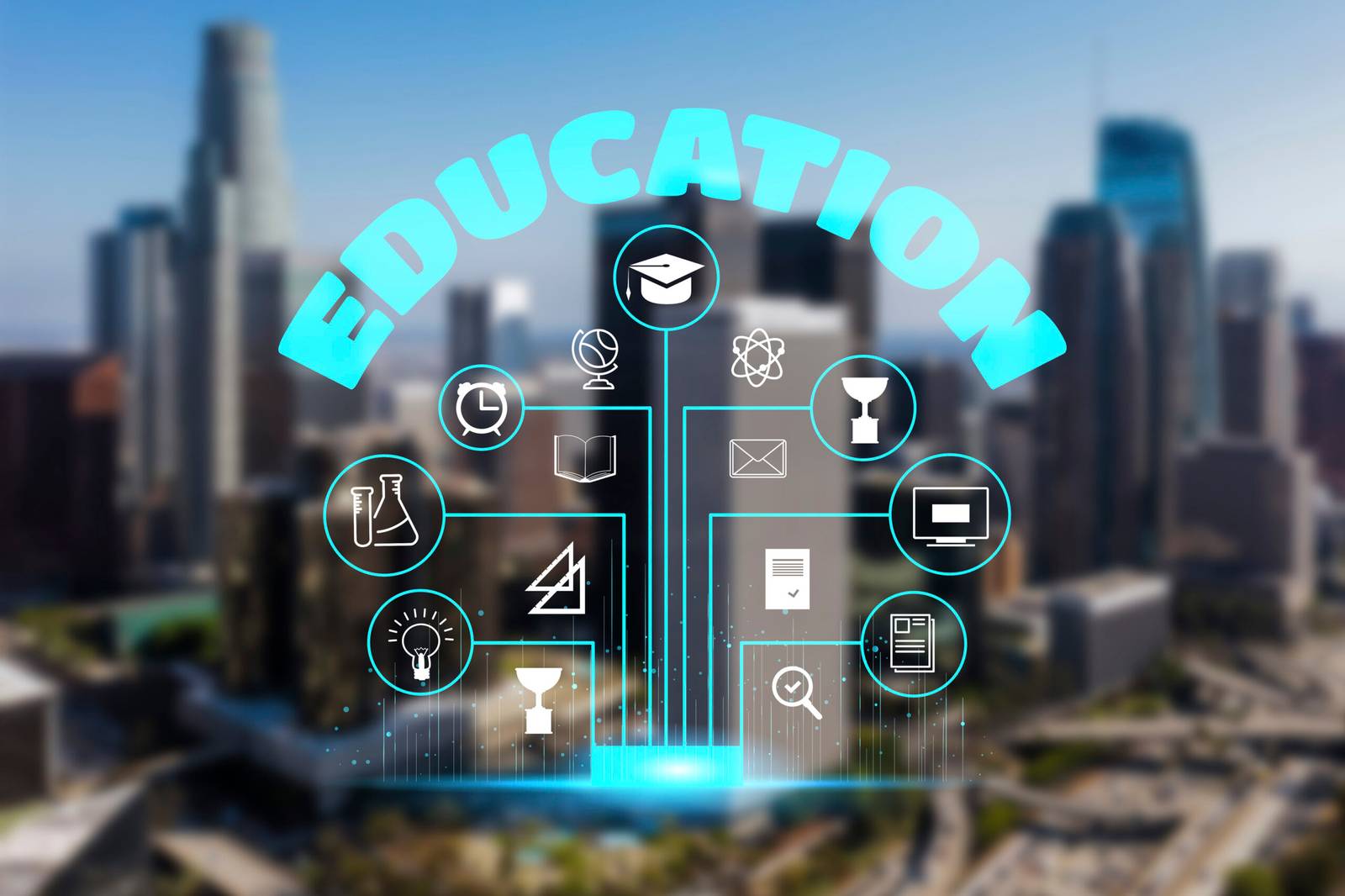Learning Enhanced: EduTech Innovations

by Web Digital
Education is undergoing a profound transformation, driven by the relentless march of technology. In today’s digital age, education technology, or EduTech, has emerged as a dynamic force that is reshaping the way we learn and teach. This article explores the exciting world of EduTech innovations, highlighting their impact on education and how they are enhancing learning experiences for students of all ages.
The Rise of EduTech
The advent of the internet and the proliferation of smartphones have unleashed an unprecedented wave of innovation in education. EduTech leverages digital tools and platforms to enhance teaching and learning processes. It encompasses a wide range of technologies, from online learning platforms and interactive simulations to artificial intelligence-driven personalized learning.
Online Learning Platforms
Online learning platforms have become the cornerstone of modern education. They offer a flexible and accessible way for students to acquire knowledge and skills. Platforms like Coursera, edX, and Udemy provide a vast array of courses on subjects ranging from mathematics and science to art and humanities. These platforms allow learners to choose when and where they study, making education more convenient and accessible.
Personalized Learning with AI
Artificial intelligence is revolutionizing education through personalized learning experiences. AI-powered algorithms analyze a student’s learning habits, strengths, and weaknesses to create customized learning paths. This tailoring ensures that students receive the right content at the right pace, increasing their engagement and understanding of the material. Adaptive learning platforms like Knewton and DreamBox are leading the way in this field.
Gamification and Learning Apps
Gamification, the application of game elements and principles in non-game contexts, has found a home in education. Learning apps and platforms integrate game elements like points, badges, and rewards to make learning more engaging and enjoyable. Duolingo, for instance, uses gamification to teach languages effectively through interactive lessons and challenges.
Virtual Reality (VR) and Augmented Reality (AR)
Virtual reality and augmented reality have opened up exciting possibilities for experiential learning. VR immerses learners in virtual environments, allowing them to explore historical sites, dissect virtual organisms, or simulate scientific experiments. AR overlays digital information onto the real world, enhancing learning through interactive experiences. Companies like Google Expeditions and Microsoft HoloLens are leading the way in utilizing these technologies for educational purposes.
Flipped Classrooms
The traditional classroom model is evolving with the concept of the flipped classroom. In a flipped classroom, students access instructional content online before class, typically in the form of videos or readings. Classroom time is then dedicated to interactive discussions, problem-solving, and hands-on activities. This approach maximizes classroom engagement and allows educators to focus on fostering critical thinking and collaboration.
Massive Open Online Courses (MOOCs)
Massive Open Online Courses, or MOOCs, have democratized education by offering free or affordable high-quality courses to millions worldwide. MOOC platforms like Coursera, edX, and FutureLearn partner with prestigious universities and institutions to provide accessible education on a massive scale. This global reach has the potential to bridge educational gaps and increase access to knowledge.
Digital Assessment and Feedback
Technology has streamlined the assessment and feedback process. Online quizzes, automated grading systems, and data analytics provide educators with valuable insights into student performance. They can tailor their teaching methods based on real-time feedback, helping students grasp concepts more effectively. Moreover, digital assessments reduce the administrative burden on educators, allowing them to focus on teaching.
Collaboration Tools
Collaboration is a fundamental skill in today’s interconnected world. EduTech tools enable students to collaborate seamlessly, whether they are in the same classroom or on opposite sides of the globe. Platforms like Google Workspace for Education and Microsoft Teams facilitate real-time collaboration, document sharing, and project management among students and educators.
Challenges and Considerations
While EduTech innovations hold tremendous promise, they also present challenges and considerations:
1. Digital Divide:
- Access to technology and the internet is not universal, creating a digital divide. Ensuring equitable access to EduTech resources remains a critical challenge.
2. Data Privacy:
- The collection and storage of student data raise concerns about privacy and security. Strict data protection measures are essential to safeguard sensitive information.
3. Teacher Training:
- Educators need training and professional development to effectively integrate technology into their teaching methods.
4. Quality Assurance:
- Ensuring the quality of online educational content and assessments is vital. Rigorous quality assurance processes are necessary to maintain educational standards.
The Future of EduTech
The future of EduTech promises even more exciting developments:
1. Artificial Intelligence and Machine Learning:
- AI and ML will continue to personalize learning experiences, providing tailored content and assessments for each student.
2. Immersive Technologies:
- VR and AR will become more accessible and integrated into mainstream education, offering immersive and interactive learning experiences.
3. Global Learning Communities:
- EduTech will facilitate global collaboration, allowing students to engage with peers from diverse backgrounds and cultures.
4. Skills-Oriented Education:
- EduTech will increasingly focus on equipping students with practical skills, preparing them for the demands of the future job market.
In Conclusion
EduTech innovations are not just tools; they are catalysts for a revolution in education. They empower learners of all ages to access knowledge, develop skills, and explore their interests in ways unimaginable just a few decades ago. As we navigate the ever-changing landscape of education technology, it is essential to embrace these innovations thoughtfully, addressing challenges and harnessing their potential to enhance learning and broaden educational horizons for all. The future of education is digital, and it holds the promise of a more accessible, engaging, and personalized learning experience for everyone.
Recommended Posts

Web Design Trends in Toronto for 2025
September 12, 2025

Virtual Tours: Discovering Chatham’s Attractions from Home
November 11, 2024

The Future of Education in Chatham: Embracing Digital Learning
November 11, 2024
